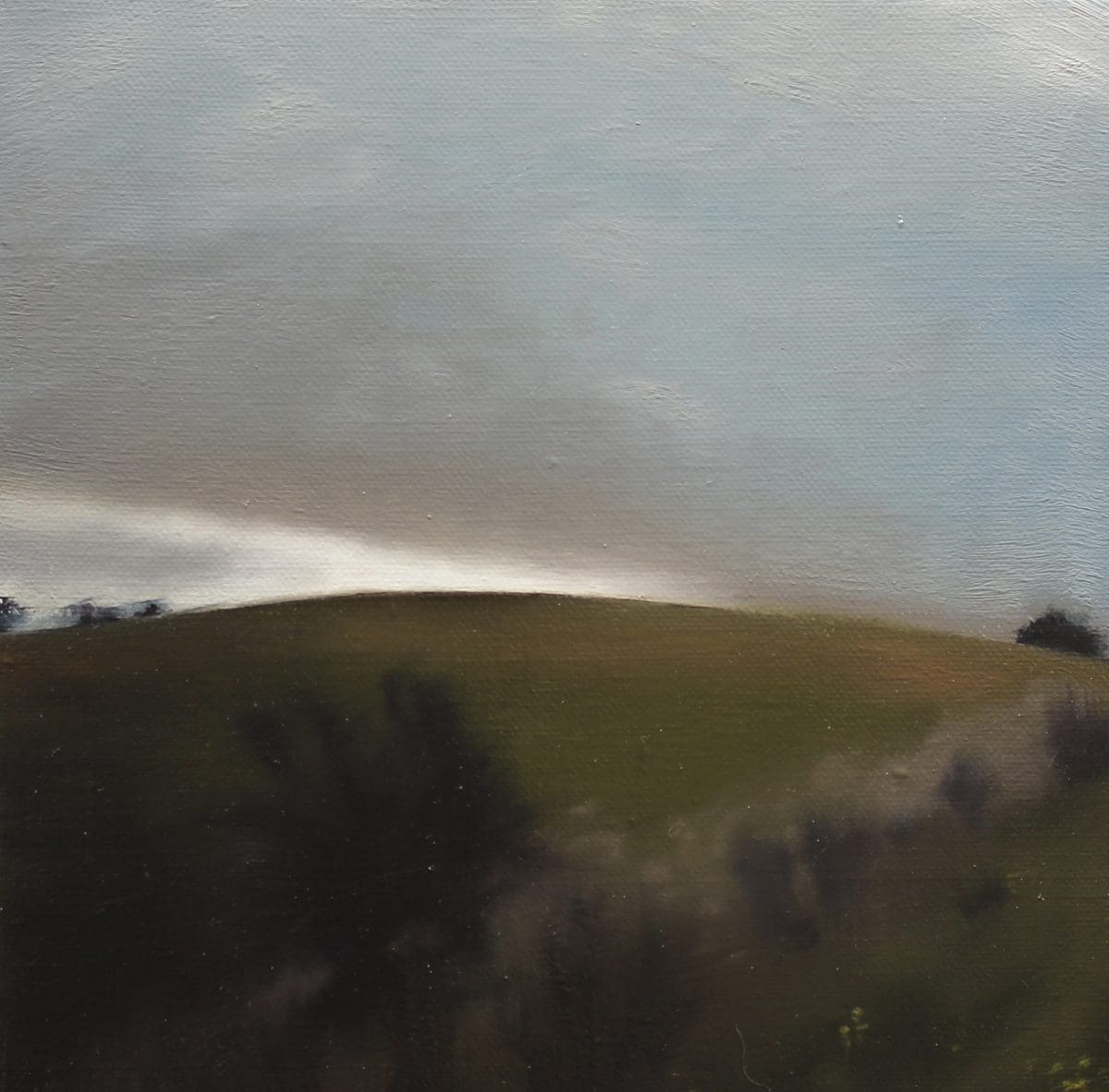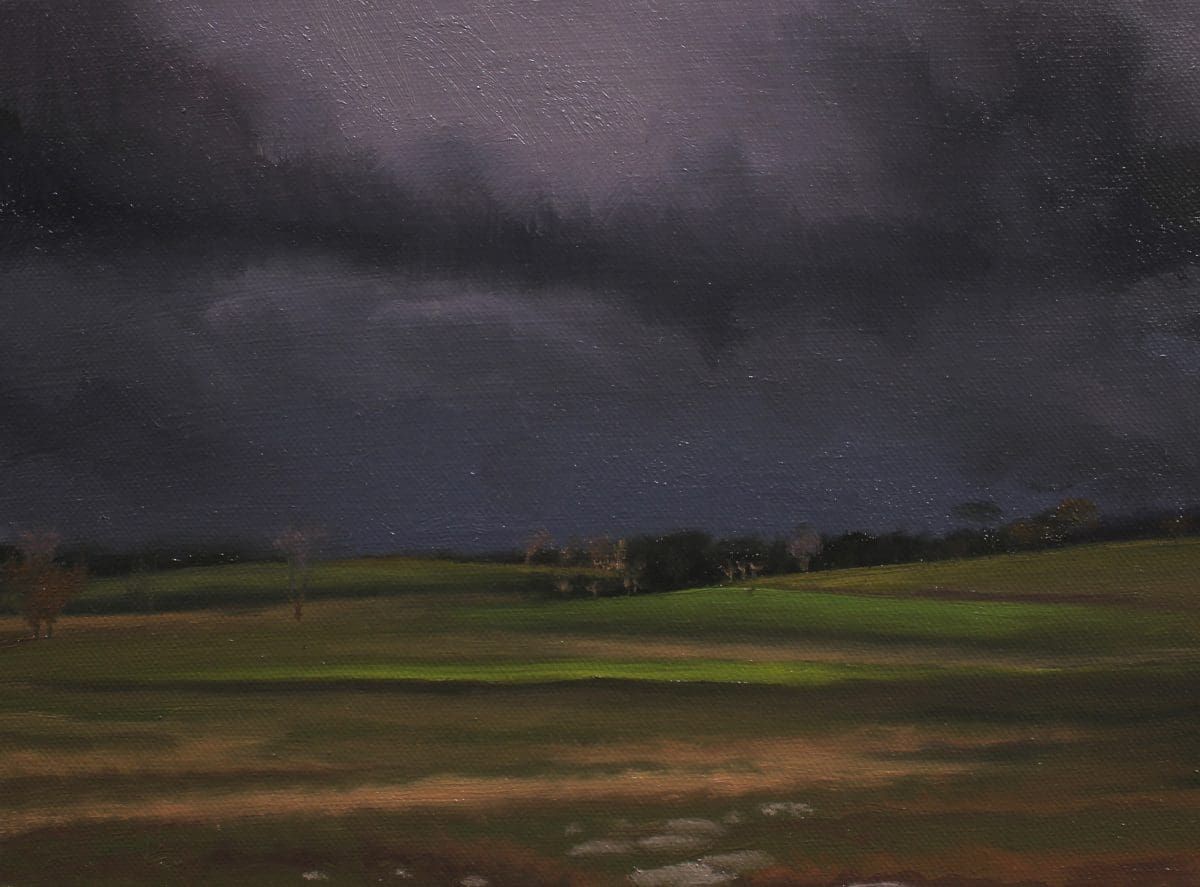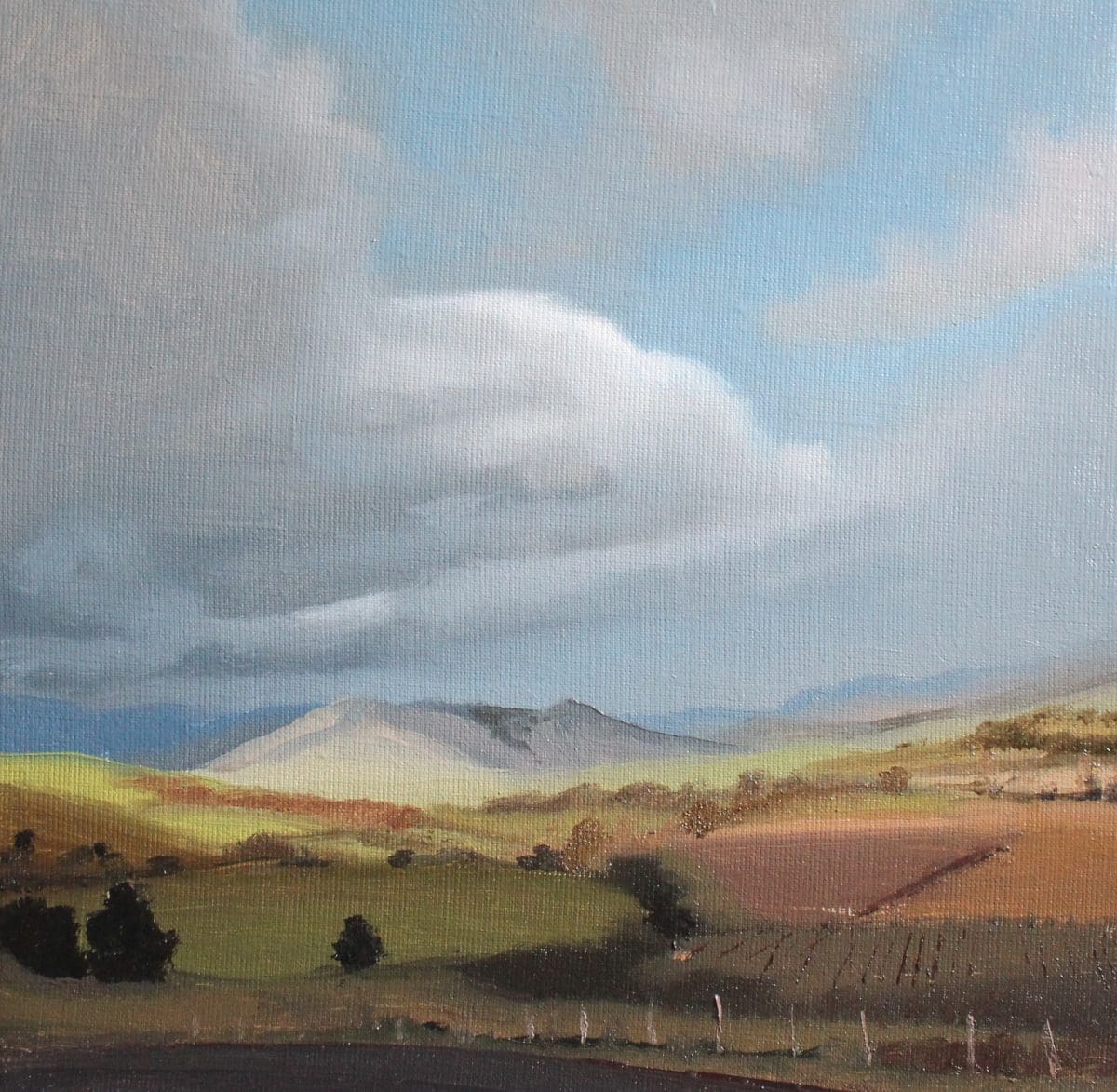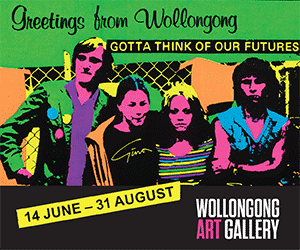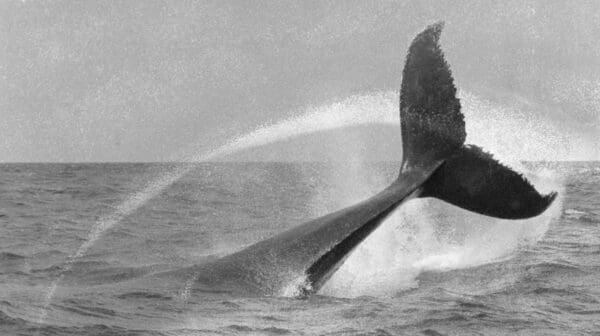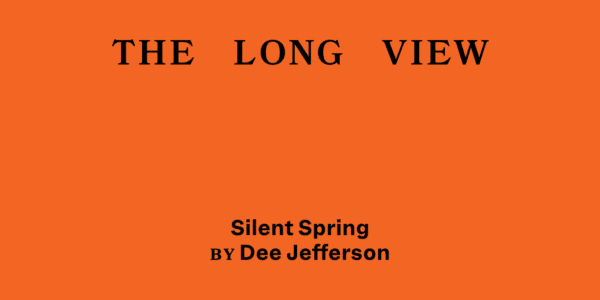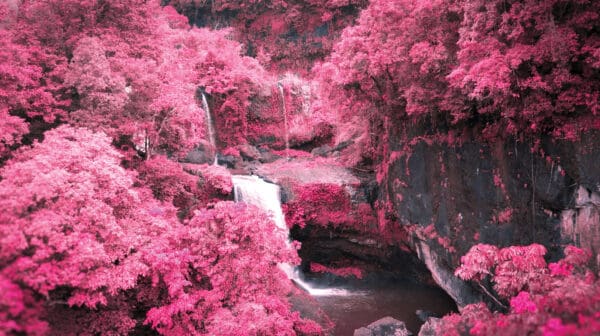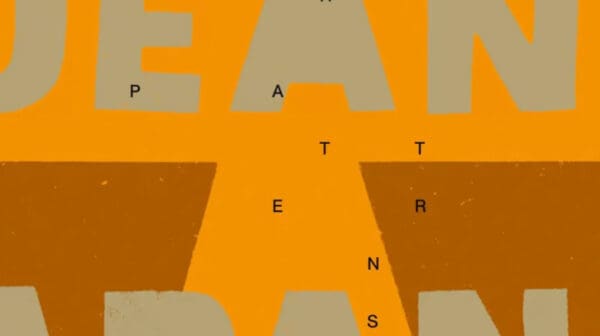Paul Gundry’s landscapes hover close to the ground, capturing the light, atmospherics, and the imaginary qualities available within the Tasmanian landscape. His focus, as he explains, is to conjure “a dialogue between the individual and the place”—and this is apparent in his latest exhibition, Meditations.
Gundry’s well-known landscapes and seascapes are usually painted in one sitting. “I was looking for something transcendent, not in a spectacular way but in a quiet and unassuming, calm, peaceful sort of way,” he says. “I’m looking for a felt presence, in the way that the environment and the elements assemble and present themselves. They might feel a little bit exalted or like a nirvana, slightly elevated, that’s not necessarily site-specific.”
In his practice the paint itself that compels attention. He prefers a slower drying medium, using oils to work “wet in wet, while it’s alive”. He garners light and atmosphere within a single concerted effort. The paintings’ smooth surfaces and vistas speak to European theories of the sublime, the romantic and the gothic, but also to Gundry’s interest in waiting and watching for particular atmospherics to develop, out of the weather, the soundscape, or simply through being alone.
The seascapes in Meditations have a brooding quality, overcast skies that mute the light, and seas and beaches that evoke a warning. They remind me of the historical context of landscapes as places of conflict, and now as sites threatened by climate change. Yet the rural scenes are brighter, more open, with similarly large skies and cloudiness, paddocks and piles of hay ready for baling. Gundry describes them as “entering the spiritual realm to some degree, sheep country, shaped with an Old Testament feel”.
Gundry, born 1969, has lived in Tasmania for his whole life and, despite spending time in other places says, “I really just want to work with Tasmanian scenery.” His approach has evolved over time, a slow burn, rather like his development as an artist. “After school I took a year off and once I finished travelling and surfing, I came across the idea that I wanted to be an artist,” he explains. “I didn’t really get into the studio until about 2006, but since then I haven’t really stopped.”
A finalist in awards like the Glover, Lloyd Rees, and Mosman Art Prizes, Gundry is attuned to the Tasmanian landscape: Meditations explores the darkness and the light from the Derwent Valley to Tea Tree and Hamilton. In Gundry’s view, “The Tasmanian landscape occasions these reflections.” However: “I still ask whether we can’t take some comfort in the daffodils at the side of the road—and what remains beautiful in a landscape with a history such as ours.”
Meditations
Paul Gundry
Colville Gallery
14 June—4 July




